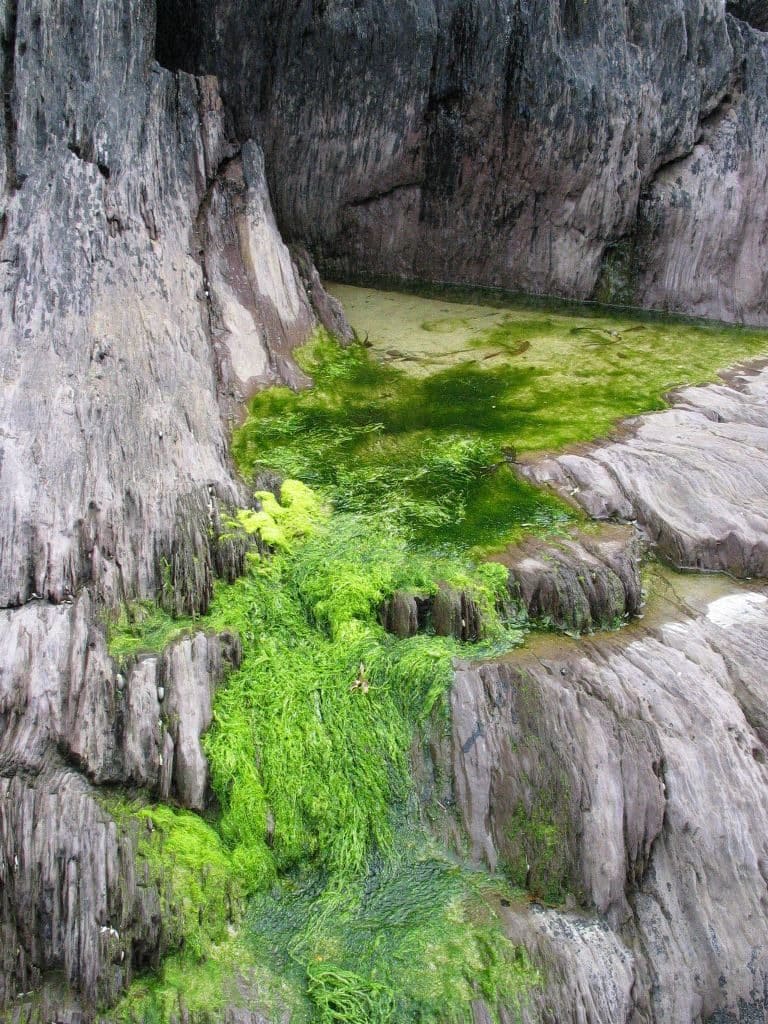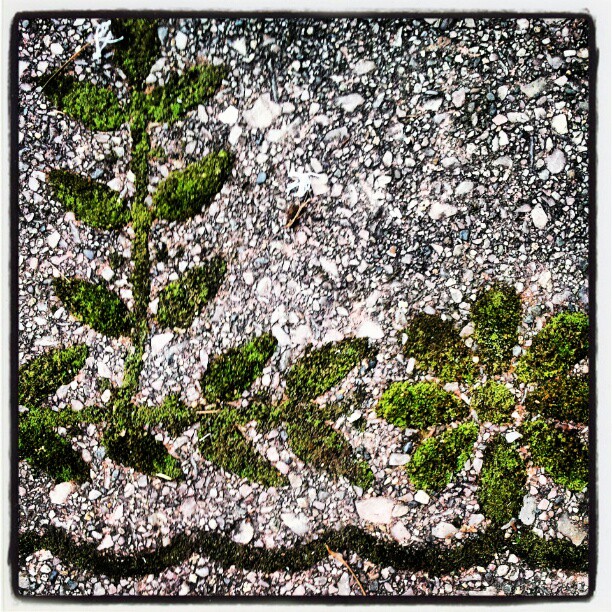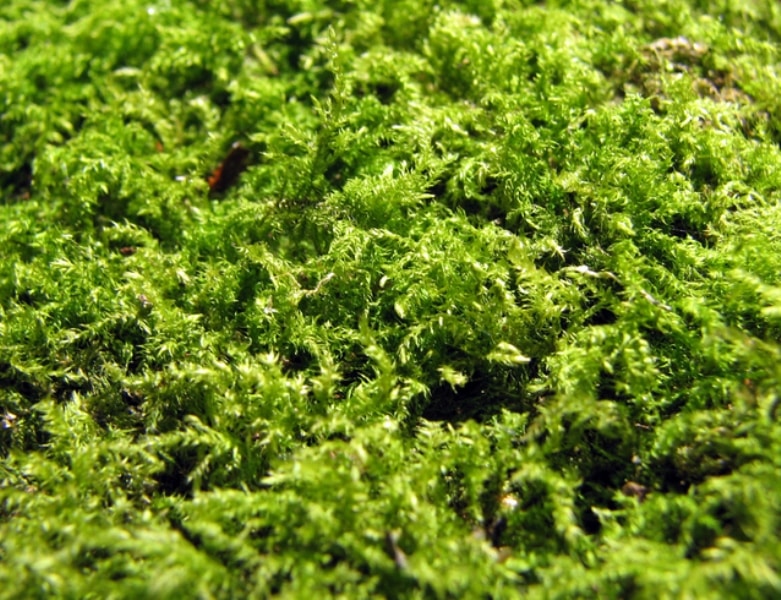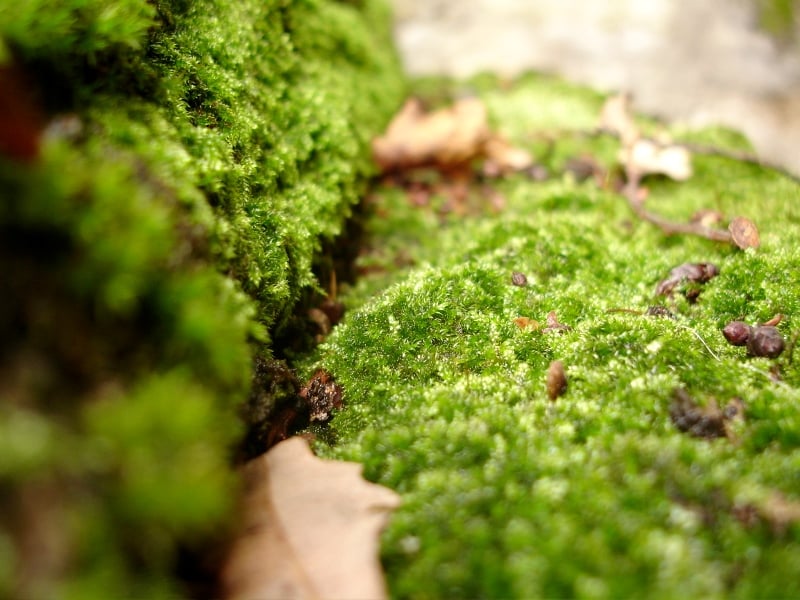Used increasingly by landscape designers as a sustainable, shade option for the garden, moss gives your garden an Old World look and a refreshing feeling of limitless green. If given sufficient moisture and some light, mosses will happily grow in just about any yard. They can be used as a lawn replacement, as an aesthetic accent to cover walls and structures, in topiary and in specialty garden designs like water, Japanese and rock gardens.
Introducing moss into your garden can be done throughout the year, although fall is often an ideal time. Mosses grow continuously, providing temperatures remain above 20 degrees Fahrenheit and they receive adequate moisture and light.

To have luck incorporating moss into your garden, keep the following tips in mind.
Start with a blank slate. In the areas you wish to replace with moss, it’s important to remove all vegetation, including turf and weeds. Apply a pre-emergent weed control to discourage any new weeds from sprouting later.
Prepare the soil. Mosses will grow on most soils, providing the ground allows for attachment. If your soil is high in sand, the moss may have difficulty attaching, as this type of soil tends to shift. Amend the top 6 to 8 inches of sandy soil with topsoil in order to create a more stable growing surface.
 (yournewven/FreeImages.com)
(yournewven/FreeImages.com)Whatever soil type you have, make the soil surface as smooth as possible, as this will allow moss to more quickly establish itself. Moss can and will cover elements in its path, such as fallen tree branches and rocks, but such growth will occur much more slowly.
As you prepare the soil, keep in mind that any mounding or impressions you leave on the soil surface will show once the area is covered in moss. So if, for instance, you wish for an undulating pattern, prepare the soil in that manner.
Use caution removing leaf litter. Keep the newly growing moss free of debris so that it can establish itself. When doing so, be careful not to cause the moss to uproot. Moss pins or netting can be used to help keep the moss secure while it becomes established. Removing any debris by hand causes the least amount of damage.
Add plants and other elements prior to planting. If you wish to add any other plants, structures or hardscaping to the area, do so prior to adding the moss.
 (Chris Chidsey/FreeImages.com)
(Chris Chidsey/FreeImages.com)Plant. Loosen the soil and then place the moss on top. Tamp by hand or walk on the moss after installing so that it makes contact with the soil. Water deeply after planting, and keep the moss moist.
Have patience. Moss is a primitive plant that takes some time to establish itself. If moss receives some sunlight, consistent moisture and temperatures remain above 20 degrees Fahrenheit, it will continue to grow slowly. If it doesn’t receive these ingredients, it will go dormant and resume growth once these elements return.
Julie Bawden-Davis is a garden writer and master gardener, who since 1985 has written for publications such as Organic Gardening, The American Gardener, Wildflower, Better Homes and Gardens and The Los Angeles Times. She is the author of seven books, including Reader’s Digest Flower Gardening, Fairy Gardening, The Strawberry Story Series, and Indoor Gardening the Organic Way, and is the founder of HealthyHouseplants.com.

